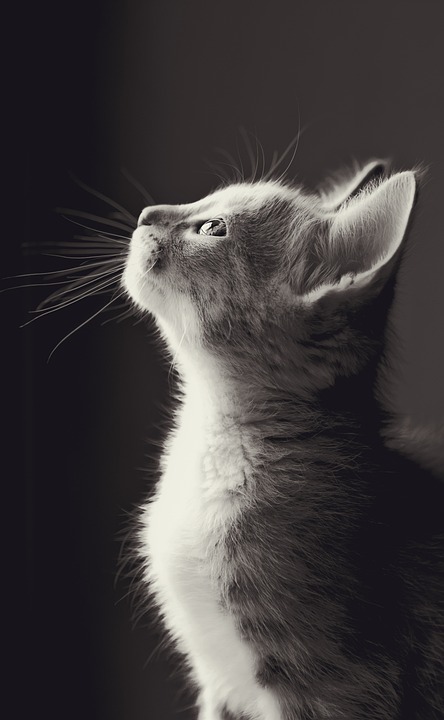*Disclaimer: The information provided in this article is for educational purposes only and does not replace the advice of a veterinarian. If you have any concerns about your cat’s behavior, please consult a professional.*
Header: The Fascinating World of Kneading
Introduction:
Cats are fascinating creatures with unique behaviors that often leave us wondering about their motives. One behavior that frequently captures our attention is kneading. This rhythmic motion, where a cat pushes its paws in and out against a soft surface, is not only adorable but also tells a story about your feline friend’s instincts and emotions. In this article, we will delve into the specific behavior of kneading on individuals and explore why cats engage in this behavior.
Why Do Cats Knead on Specific Individuals?
Understanding the Basics:
Kneading is a behavior deeply rooted in a cat’s nature, originating from their early kittenhood. When kittens nurse, they instinctively use their paws to massage their mother’s mammary glands, stimulating milk flow. This kneading motion becomes ingrained in their behavior even as they grow older.
Bonding and Marking Territory:
When a cat kneads on a specific individual, it is often a sign of affection and bonding. By kneading on you, your furry companion is expressing their love and contentment. Additionally, cats have scent glands in their paws, and kneading helps them leave behind their scent, marking you as a part of their territory.
Addressing and Managing Kneading Behavior
Providing Alternatives:
While kneading is generally a harmless behavior, it can sometimes be uncomfortable or even painful. If your cat’s kneading becomes problematic, redirect their attention to a suitable alternative. Offer a soft blanket, a dedicated kneading pillow, or a plush toy to satisfy their kneading instinct without causing any inconvenience.
Trimming Your Cat’s Nails:
If your cat’s kneading becomes too intense and causes discomfort, consider trimming their nails regularly. By keeping their nails short, you can mitigate any potential scratching or pain associated with kneading.
FAQs about Kneading Behavior
Q1: Is kneading always a sign of affection?
A1: While kneading is often associated with love and contentment, it can also be a way for cats to alleviate stress or anxiety.
Q2: Why does my cat drool while kneading?
A2: Kneading can trigger a cat’s relaxation response, which may cause them to drool. This behavior is completely normal and indicates that your cat is in a state of bliss.
Q3: Can I discourage my cat from kneading on me?
A3: While it is possible to redirect your cat’s attention to alternative surfaces, it may not be easy to completely discourage the behavior. Remember, kneading is often a sign of affection and bonding, and your cat may still find ways to express their love.
Q4: Is kneading ever a cause for concern?
A4: In most cases, kneading is a harmless behavior. However, if your cat’s kneading becomes aggressive or is accompanied by signs of discomfort or pain, it is advisable to consult a veterinarian to rule out any underlying medical conditions.
Header: Conclusion
Conclusion:
Kneading is a fascinating behavior that allows cats to express their love, bond with their loved ones, and mark their territory. By understanding the reasons behind this behavior and addressing any potential issues, you can ensure a harmonious relationship with your feline companion. Embrace the unique kneading habits of your cat and cherish the special moments they share with you.








